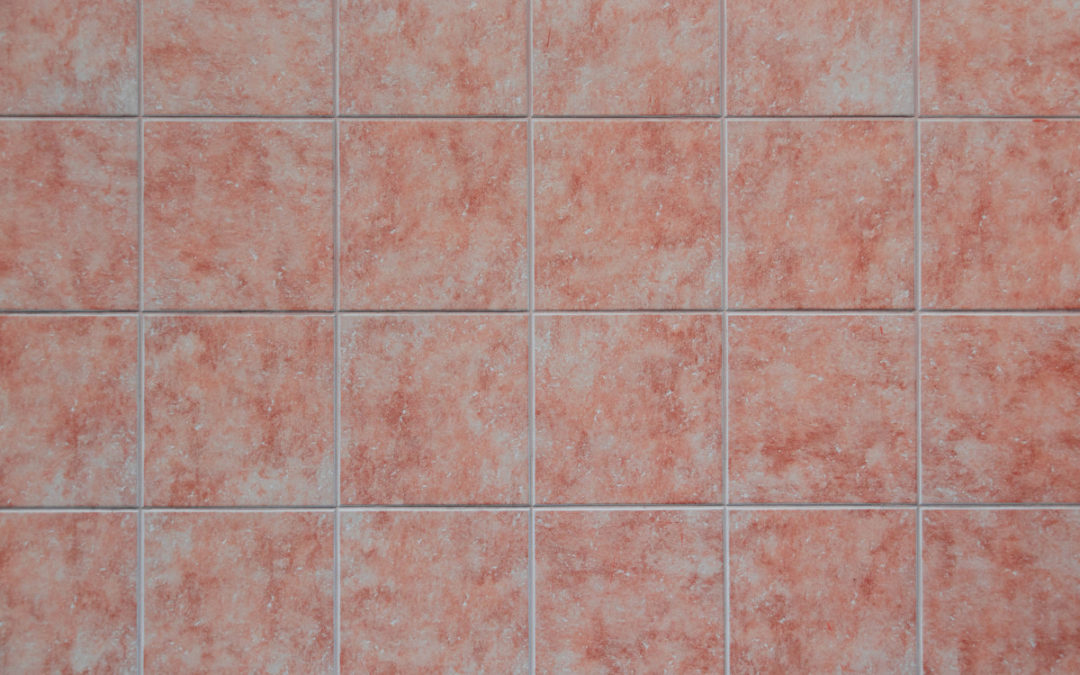Asbestos is the term used to describe the material created with fibers from these naturally occurring minerals: chrysotile, amosite, crocidolite, tremolite, anthophyllite, and actinolite. These flexible fibers in asbestos are resistant to heat, electricity, and corrosion from chemicals. Therefore, it was a popular additive in vinyl flooring products for much of the 20th century. Mixing asbestos fibers into building materials made those materials, such as asbestos floor tiles, not only strong and durable but also more heat resistant.
When Are Asbestos Floor Tiles Dangerous?
When asbestos floor tiles are in good condition and durable, they are safe to walk on but not safe to scrape or use power tools on. When they become fragile and easy to break or crush by hand, the tiles are considered dangerous. This is because the asbestos fibers release toxic dust into the air. When this dust is inhaled or ingested, the fibers can get trapped in the body.
The human body is unable to dissolve asbestos, and over a long period of time, those trapped fibers cause scarring, inflammation and eventually genetic changes that can lead to cancer. Scientific studies show exposure to asbestos is linked to several diseases, such as asbestosis, COPD, and cancer. 75% of cases of mesothelioma, cancer of the mesothelial tissue, can be linked to asbestos exposure at work. Exposure can also increase your chances of developing asbestos-related lung cancer, ovarian cancer, and laryngeal cancer.
Bans on Asbestos
After asbestos was linked to these diseases in the 1960s, actions were taken to regulate its use and disposal. However, despite these regulations, asbestos continues to be used in consumer products. In 1986, the Asbestos Hazard Emergency Response Act granted the U.S. Environmental Protection Agency (EPA) permission to regulate six types of asbestos. Following this, more than 50 countries banned these types completely.
The EPA Takes Action
In 1989, the EPA enacted a partial ban on some products containing asbestos and disallowed new asbestos-containing products from entering the marketplace. In 2019, it enacted the Restrictions on Discontinued Uses of Asbestos Rule. This rule prohibited asbestos products no longer on the market from returning without the EPA evaluating them first and implementing any necessary restrictions or prohibiting use. In December 2020, the EPA found that unreasonable human health risks were associated with using the most utilized form of asbestos: chrysotile asbestos.
Precautions When Removing Asbestos
Precautions must be taken when removing and disposing of asbestos materials. It is highly recommended that you employ asbestos-abatement professionals to complete the work for you. They are aware of the regulations for removing and disposing asbestos, and they have the proper gear and training.
However, if you want to move forward on your own, consider the following precautions.
- Wear a respirator with a HEPA filter.
- Wear disposable coveralls and gloves.
- Use a pump sprayer to keep asbestos materials as wet as possible and to suppress dust.
- Use wet wipes or a vacuum cleaner with a HEPA filter to clean the work area.
- Dispose of asbestos waste outdoors and in clearly labeled bags at a landfill that can accept asbestos.
Take Action Today!
The team of professionals at ProKleen is trained in the proper techniques to assist you in safely and effectively removing asbestos floor tiles from your home or business. Steps must be taken to remove crumbly old floor tiles as carefully as possible. This will keep you and others from inhaling the toxic fibers and dust. Take action today and call ProKleen to get the job done right.

